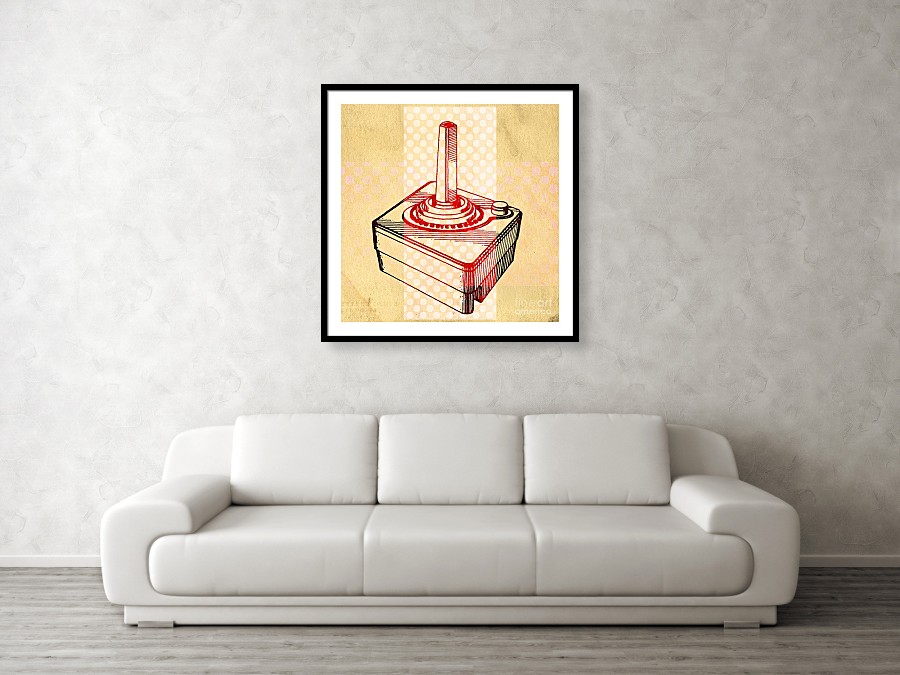I’ve been creating a lot of pop art lately. My subjects range from TVs to classic VW buses. I’ve been exploring colorful and repeating themes. What has drawn me to pop art lately has been this long-drawn-out winter. Who doesn’t like an injection of bold colors and classic subjects that speak to fun and perhaps summer? Here are a few reasons that I personally like Pop Art. See if you agree”
1. Pop Art is fun. Lets face it, when you visit a museum, the pop art section is pure fun after looking at all of the carnage, rape, war, beheadings etc in the old masters section and the sorrowful commentary of modern society in the contemporary art section. The pop art displays are pure, unadulterated fun.
2. Pop Art is approachable. Taking clues from popular culture, pop art’s subjects are things the general public deals with every single day. From soup cans to superheros, Pop Art reflect what we like best about the world around us – food, entertainment, products, consumption.
3. Pop Art has no hidden meanings to decipher. Sure complex artwork is intellectually challenging and fun when you have the inside scoop on the hidden meanings and symbolism behind the work but often one attends a modern art exhibit and leaves with the feeling the joke is on the ticket buyer. Pop Art eliminates by simply presenting itself honestly and openly. No hidden meanings except perhaps making a statement on our commercialized world. Pop Art simple states that art is part of the overall commercialism and isn’t somehow above it.
4. Pop Art is affordable. Prints, silkscreens, books, products – pop art embraces mass production and modern reproduction methods as such there is more available at lower prices than that one of a kind oil painting. It fulfills its message that we live in a world of industrialize, mass produced products.
5. Pop Art is cheerful. Usually pop art deals with bold colors, fun subjects and wild design. Rather then put you in state of depression, pop art is typically an uplift experience that might just bring a smile to your face.
6. Pop Art has a sense of humor. Artist dealing with everyday objects and elevating them to something worth of hanging on a museum wall have to have a wicked sense of humor. And the nice thing is the public is invited in on the fun.
Pop art is now most associated with the work of New York artists of the early 1960s such as Andy Warhol, Roy Lichtenstein, James Rosenquist, and Claes Oldenburg, but artists who drew on popular imagery were part of an international phenomenon in various cities from the mid-1950s onwards. Following the popularity of the Abstract Expressionists,
Pop’s reintroduction of identifiable imagery (drawn from mass media and popular culture) was a major shift in the direction of modernism. The subject matter became far from traditional “high art” themes of morality, mythology, and classic history; rather, Pop artists celebrated commonplace objects and people of everyday life, in this way seeking to elevate popular culture to the level of fine art. Perhaps owing to the incorporation of commercial images, Pop art has become one of the most recognizable styles of modern art.
“Pop is everything art hasn’t been for the last two decades. It’s basically a U-turn back to a representational visual communication, moving at a break-away speed…Pop is a re-enlistment in the world…It is the American Dream, optimistic, generous and naïve.”
Robert Indiana
